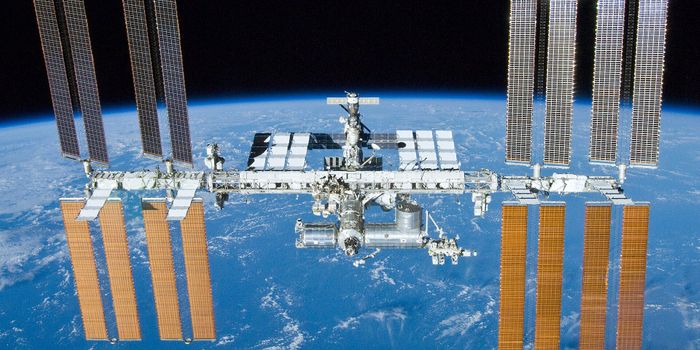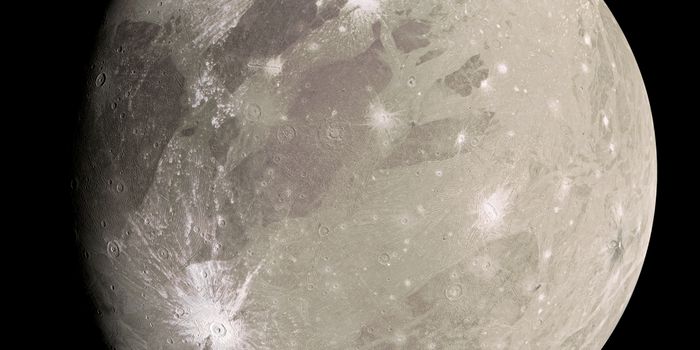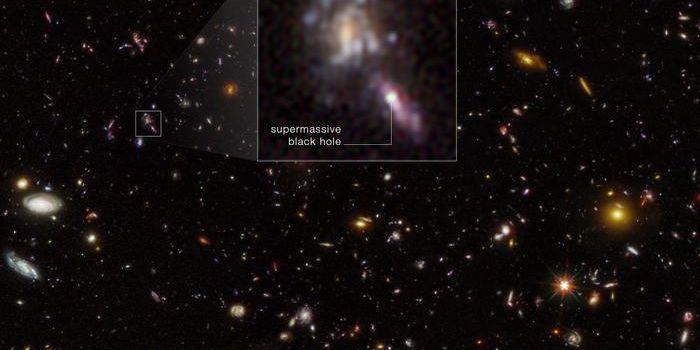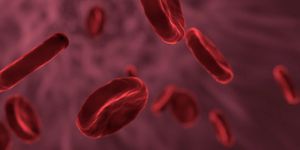Tracking Muscle Health in Space: A Breakthrough with Handheld Device
As astronauts lose muscle mass due to the microgravity environment in space, could there be a way to monitor it so they can take necessary steps to prevent further muscle loss? This is what a recent study published in Scientific Reports hopes to address as a team of international researchers investigated the use of a novel handheld device capable of monitoring an astronaut’s muscle health while in space. This study holds the potential to help astronauts, aerospace physiologists, and researchers better understand the long-term impacts of microgravity on the human body and how to identify signs of muscle degradation.
For the study, the researchers enlisted 12 astronauts who were living onboard the International Space Station (ISS) during their mission cycles, which is typically six months, to use the MyotonPRO hand-held device to monitor their muscle health ranging from before their mission to afterwards. The MyotonPRO is a non-invasive tool designed to monitor muscle stiffness while astronauts perform their daily exercise regimens, which have been routine since the early days of human spaceflight with the goal of maintaining muscle mass throughout their missions.
In the end, the researchers discovered that most muscle mass measured with MyotonPRO maintained their stiffness, including thighs, back, neck, and shoulders. However, the device found decreased muscle stiffness in the lower legs, specifically the Tibialis Anterior, which is responsible for walking and running. Additionally, various calf muscles exhibited polarizing effects, meaning some muscles increased in stiffness while others decreased during their missions. The team notes this indicates future exercise regimens should be more targeted towards lower legs muscles, specifically since astronauts will be walking on the Moon and Mars, someday. Thus, the MyotonPRO could prove essential for monitoring astronaut muscle health for long-term human spaceflight.
“Being able to perform inflight muscle health checks will allow the astronauts to see which muscles are losing strength and adjust their exercise program accordingly,” said Dr. Maria Stokes, who is a Professor of Neuromusculoskeletal Rehab at the University of Southampton and a co-author on the study. “Being able to personalize exercises like this will be crucial on future long-duration missions to the Moon and Mars.”
How will the MyotonPRO help monitor astronaut muscle health for long-term human spaceflight in the coming years and decades? Only time will tell, and this is why we science!
As always, keep doing science & keep looking up!
Sources: Scientific Reports, Myoton, EurekAlert!
Featured Image: NASA astronaut Sunita Williams, Expedition 32 flight engineer, seen exercising on the International Space Station in August 2012. (Credit: NASA)








